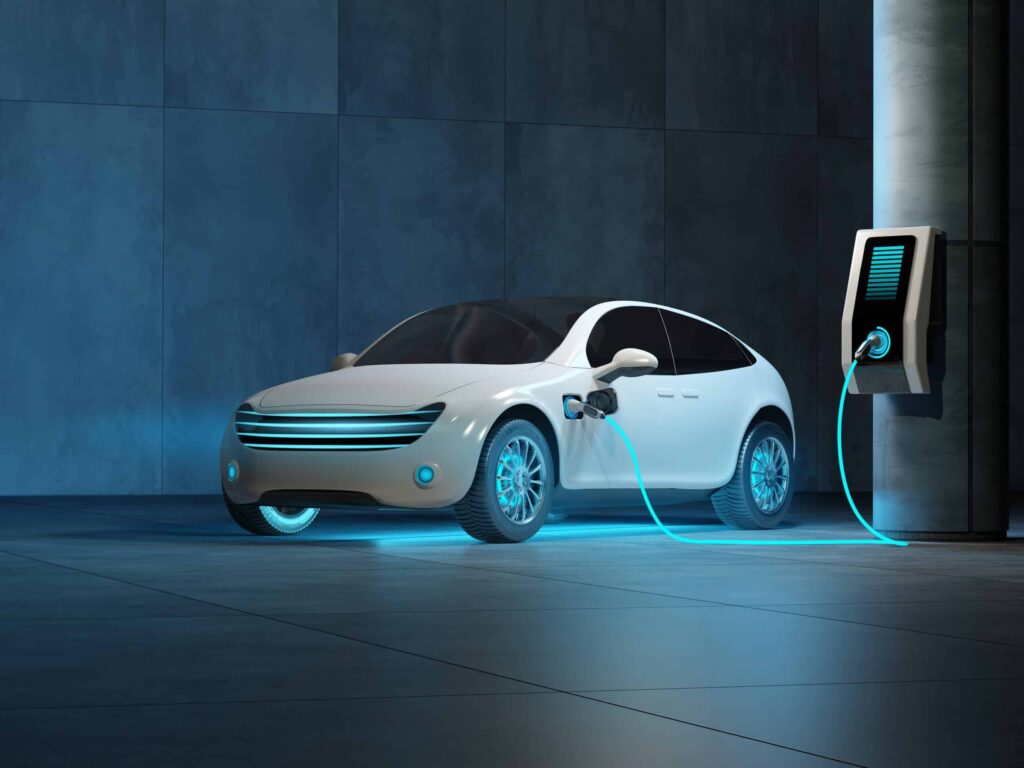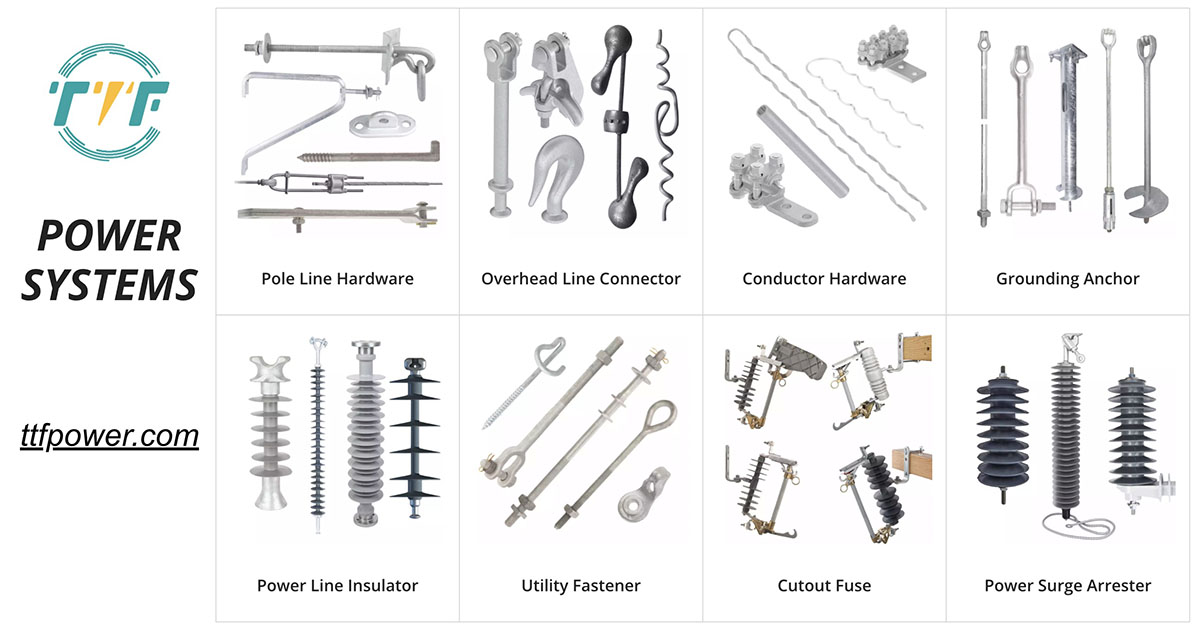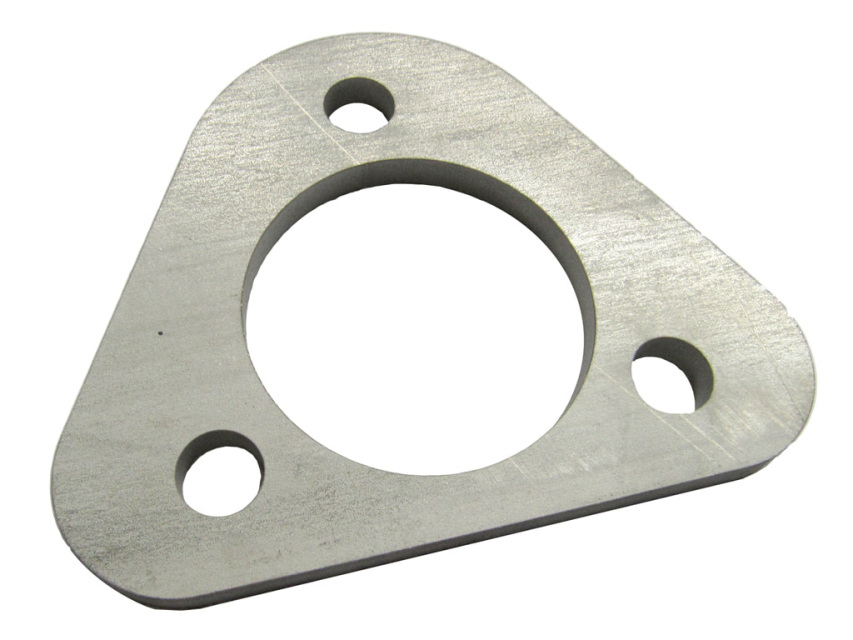
Argentina has put in place policy changes by reducing tariffs on low-cost electric and hybrid vehicles. This aims to promote sustainable transportation and reduce greenhouse gas emissions. This aligns with global trends towards electrification in the automotive sector. Up to 50,000 imports of low-cost EVs and hybrids will be exempt from tariffs a year, according to the economy minister in Argentina. This will make the vehicles more affordable for consumers to speed up their adoption. The policy aligns with Argentina’s commitment to reducing carbon emissions. EVs produce fewer emissions compared to internal combustion engine vehicles. Reduced tariffs on imported low-cost EVs could intensify competition in the domestic automotive market. Increased EV adoption will place demand on Argentina’s energy grid. A reinforcing plate ensures the structural integrity, safety, and performance.
A reinforcing plate is crucial in areas where road conditions, vehicle usage patterns, and regulatory standards vary. A high-quality reinforcing plate strengthens the vehicle’s structure and protects components like batteries. They contribute to the reliability and appeal of EVs and hybrids in the Argentine market. Reinforcing plates ensures the vehicles meet the needed safety standards while handling local conditions. The EV tariff reduction will stimulate local EV market, attract foreign investment, and encourage the development of related industries. Argentina has diverse terrain including urban areas with potholes and rural regions with uneven roads. Using reinforcing plates helps prevent damage to the battery housing and ensures durability.
Impacts of tariff cuts on low-cost EVs in Argentina
The reduction of tariffs on low-cost electric vehicles in Argentina is a significant policy shift with impacts on the economy, environment, and society. This policy has the potential to drive EV adoption, reduce emissions, and stimulate economic growth. The success of the EV market will depend on measures to address challenges limiting their adoption. These include infrastructure development, local industry support, and fair access. Discussed below are the impacts of tariff cuts on the electric vehicle industry in Argentina.

- Economic impacts—lower tariffs reduce the price of imported low-cost EVs, which makes them more accessible to a broader segment of the population. The policy could attract foreign automakers and investors.
- Environmental impacts—Increased EV adoption will contribute to lower greenhouse gas emissions. This is because electric vehicles produce no carbon footprint, which aligns with the global climate goals.
- Technological impacts—the low-cost EVs could push automakers and suppliers to innovate and develop their own EV technologies. This could spur investments in charging infrastructure and create opportunities for local businesses and startups.
- Policy and regulatory impacts—reduced tariffs on low-cost EVs in Argentina align it with global efforts to promote sustainable transportation. This could also reduce the dependence on fossil fuels.
- Social impacts—lower operating costs of EVs could help consumers save money and improve households. Increased EV adoption could raise public awareness about sustainable technologies. This could also encourage a shift toward environmental responsibility.
Functions of the reinforcing plate in electric and hybrid vehicles
A reinforcing plate ensures the structural integrity, safety, and performance of electric and hybrid vehicles. This is a crucial component in supporting the batteries and other essential components of the vehicles. Reinforcing plates help improve the structural integrity and safety of the vehicle. They also contribute to the durability and reliability of the vehicle. The following are the functions of a reinforcing plate in electric and hybrid vehicles in Argentina.

- Structural reinforcement—Reinforcing plates strengthen areas of the vehicle’s chassis, which often have unique structural designs. This is due to the placement of heavy components like batteries and electric motors.
- Battery protection—Reinforcing plates help to protect the battery casing from vibrations and deformation. They are also crucial for safeguarding the battery from damage caused by rough terrain or accidents.
- Crash safety – high-quality reinforcing plates enhance the vehicle’s safety by absorbing and redistributing impact forces. These plates help manufacturers comply with vehicle safety standards while ensuring passenger safety.
- Weight distribution and stability—EVs and hybrids have weight distributions due to the placement of batteries and electric motors. Reinforcing plates help balance the vehicle’s weight and improve stability.
- Corrosion resistance—Reinforcing plates are from high-strength, corrosion-resistant materials that withstand harsh environmental conditions. Reinforcing plates help extend the vehicle’s lifespan by preventing rust and structural degradation.
